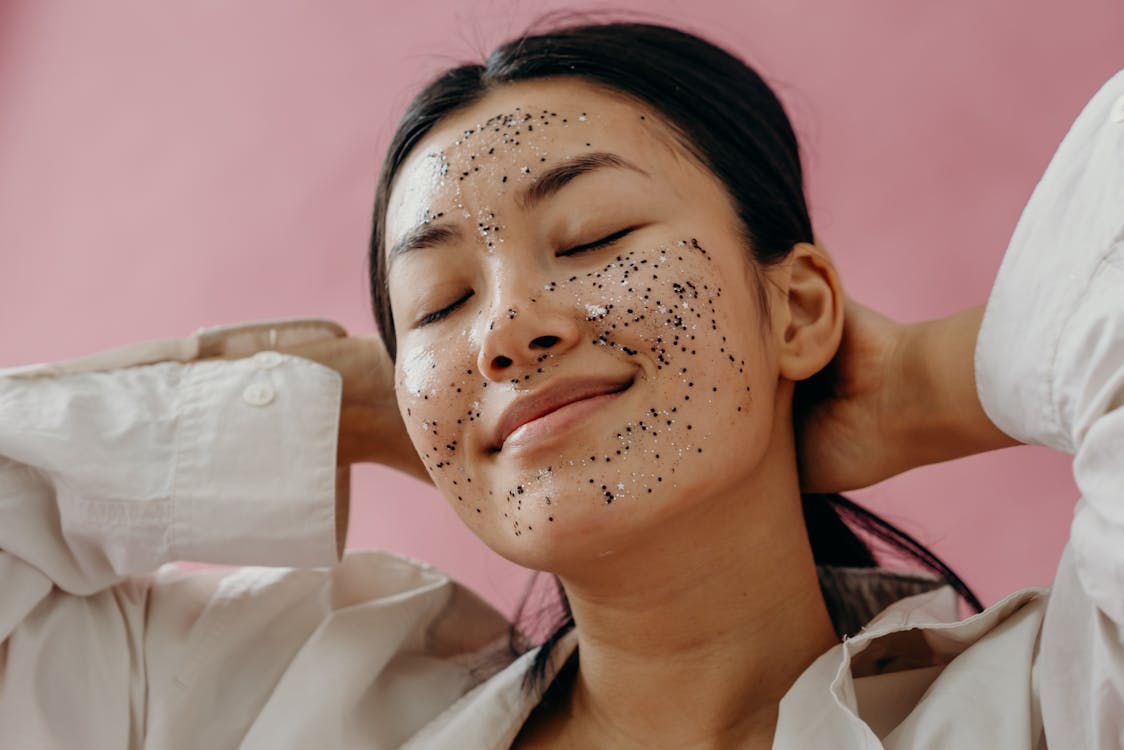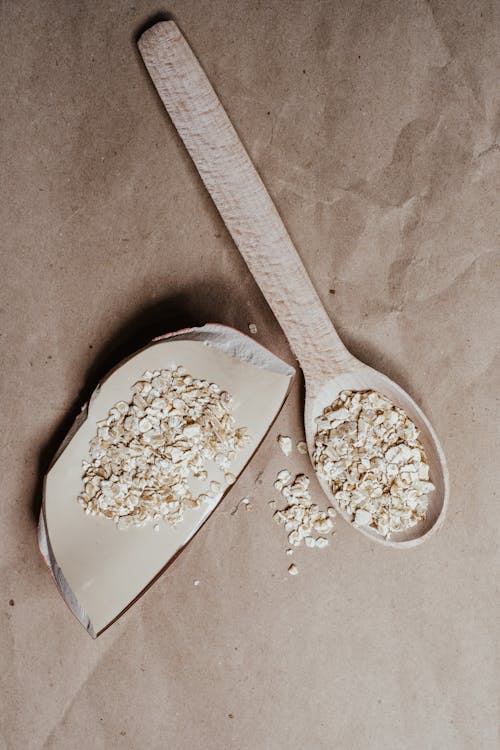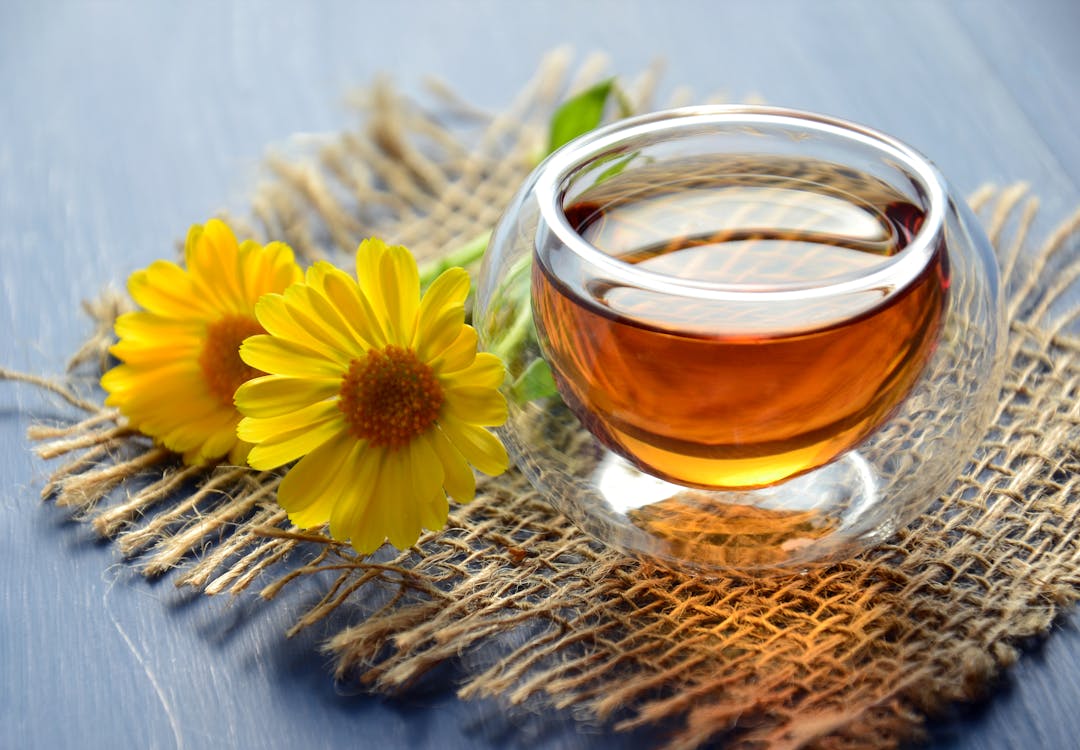10 All-Natural Exfoliants For Face
Skin exfoliation is the procedure of eliminating dead skin cells from the skin's surface. It helps to unclog pores, smooth the skin's texture, and promote cell turnover, resulting in a fresher, brighter complexion. There are several methods of exfoliating the skin, including physical exfoliation and chemical exfoliation.
Different Methods of Skin Exfoliation
1. Physical exfoliation: This method involves physically scrubbing the skin's surface to remove dead skin cells. Some common physical exfoliation techniques include:
- Scrubs: These are products that contain small granules or particles, such as sugar, salt, or microbeads. You massage them onto damp skin in circular motions to slough off dead skin cells.
- Brushes or loofahs: These tools have bristles or a rough surface that you can use to gently scrub the skin. They are typically used in combination with a cleanser.
- Exfoliating gloves: These are gloves or mitts made of textured fabric that you wear while bathing or showering. They help to buff away dead skin cells when used with a body wash or soap.
2. Chemical exfoliation: This method involves using chemicals, such as alpha-hydroxy acids (AHAs) or beta-hydroxy acids (BHAs), to dissolve dead skin cells. Chemical exfoliants work by breaking down the bonds between skin cells, allowing them to be easily shed. Some common chemical exfoliants include:
- AHAs: These include glycolic acid and lactic acid and are primarily used for exfoliating the surface layers of the skin. They are often found in facial peels, toners, and serums.
- BHAs: Salicylic acid is a common BHA and is particularly effective for exfoliating oily and acne-prone skin. It can penetrate the pores and help remove excess oil and dead skin cells.
- Enzymes: Certain enzymes, such as papain (derived from papaya) or bromelain (derived from pineapple), have exfoliating properties. The bonds of protein that keep the dead skin cells together, enzymes help in breaking them down.
When exfoliating, it's important to be gentle and avoid over-exfoliation, as it can lead to irritation and damage to the skin. The frequency of skin exfoliation depends on the type of your skin and the method being used. It's generally recommended to exfoliate once or twice a week for most skin types, but it's best to consult with a dermatologist if you have specific concerns or conditions.
After exfoliating, it's crucial to moisturize and protect your skin from the sun with a broad-spectrum sunscreen, as exfoliation can temporarily increase sensitivity to sunlight. Additionally, it's essential to choose products and methods suitable for your skin type and to discontinue exfoliation if you experience any adverse reactions.
How Often Should You Exfoliate Your Skin
The frequency of exfoliation depends on your skin type, sensitivity, and the method of exfoliation used. Here are some general guidelines:
1. Normal or combination skin: If you have normal or combination skin that is not overly sensitive or prone to dryness or breakouts, exfoliating 1-3 times per week is usually sufficient. This frequency helps to maintain a healthy skin texture without causing irritation.
2. Dry or sensitive skin: If you have dry or sensitive skin, you should exfoliate less frequently to avoid stripping away natural oils and causing irritation. Once a week or every other week might be suitable for you. It's important to choose gentle exfoliation methods and products specifically formulated for sensitive skin.
3. Oily or acne-prone skin: If you have oily or acne-prone skin, you may benefit from more frequent exfoliation to help unclog pores and prevent breakouts. 2-3 times per week might be appropriate. However, be cautious not to over-exfoliate, as it can lead to increased oil production and skin irritation.
4. Mature or aging skin: As we age, the skin's natural exfoliation process slows down. Exfoliating 1-2 times per week can help remove dull, dead skin cells and promote cell turnover. However, it's crucial to use gentle exfoliation methods to avoid aggravating any existing skin concerns.
Remember, these are general recommendations, and it's important to listen to your skin's needs. If you notice any signs of irritation, redness, or excessive dryness after exfoliating, reduce the frequency or switch to a gentler method. It's always a good idea to consult with a dermatologist or skincare professional for personalized advice based on your specific skin concerns.
10 All-Natural Face Exfoliators
Here are 10 natural skin exfoliators that you can easily find at home or purchase:
1. Sugar: Sugar is a common and gentle physical exfoliant. Mix granulated sugar with a small amount of honey or coconut oil to create a paste and gently massage it onto your skin.
2. Coffee grounds: Coffee grounds are slightly more abrasive than sugar, making them suitable for exfoliating the body. Mix used coffee grounds with a carrier oil like olive oil or coconut oil and scrub your skin in circular motions.
3. Oatmeal: Oatmeal is soothing and gentle on the skin, making it suitable for sensitive or dry skin types. Grind rolled oats into a fine powder and mix it with water or yogurt to create a paste. Massage it onto your skin and rinse it off.
4. Baking soda: Baking soda has natural exfoliating properties and can help balance the skin's pH levels. Mix a small amount of baking soda with water to create a paste and gently scrub your skin.
5. Sea salt: Coarse sea salt can be used as a physical exfoliant. Mix it with a carrier oil or natural moisturizer and gently massage it onto your body in the shower.
6. Lemon: Lemon contains natural citric acid, which acts as a chemical exfoliant. Squeeze fresh lemon juice and apply it to your skin, leaving it on for a few minutes before rinsing off.
7. Papaya: Papaya contains enzymes called papain, which have exfoliating properties. Mash a ripe papaya and apply it to your skin for a few minutes before rinsing off.
8. Yogurt: Yogurt contains lactic acid, which gently exfoliates the skin. Apply plain yogurt to your skin and let it sit for a few minutes before rinsing off.
9. Apple cider vinegar: Apple cider vinegar contains alpha-hydroxy acids (AHAs) that help exfoliate the skin. Dilute it with water and use it as a toner or mix it with other ingredients for a gentle exfoliating mask.
10. Honey: Honey has natural exfoliating and moisturizing properties. Mix it with a small amount of sugar or ground oats to create a paste and gently massage it onto your skin.
Remember to patch-test any new ingredient on a small area of your skin before applying it to your entire face or body. Additionally, it's important to be gentle when exfoliating and to moisturize your skin afterward to maintain hydration.













Comments
Post a Comment